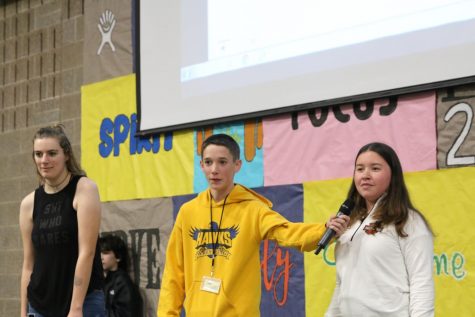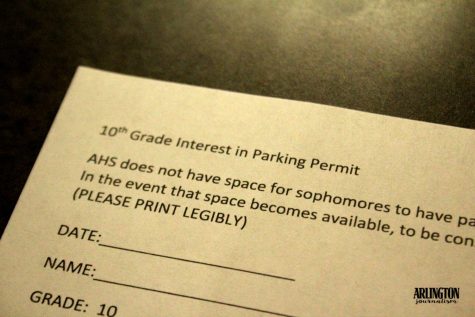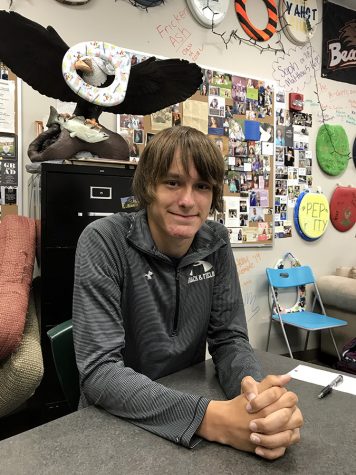Physical Education: A Different Angle
A student goes up to spike the ball while playing volleyball in Net Sports.
At Arlington High School, students are required to pass three semesters of P.E. over the course of their high school career, and half a semester of health, which is usually taken in freshman year. If you haven’t taken a P.E. yet, you have several options. When a student is signing up for a specific P.E. class, they’re most likely not thinking about the learning opportunities that come with that class. Each class teaches something different and has different overall goals. The question is, do students really capture the idea of learning in a physical education class?
The definition of physical education, according to Google, is “instruction in physical exercise and games, typically in schools.” The process of a P.E. class is typically pictured by students having to wear a gym uniform, running and exercising a lot, and being left sweaty for the rest of the day, because there’s nowhere near enough time to shower after class. Taking a deeper look at physical education, there are two main sides. The first, and most common, is the actual exercise, which is the focus of P.E. classes. Whether it’s Recreational P.E. or Weight Training, some degree of actual exercise will take place. The second side to physical education is the learning that goes into it. Many people think of P.E. not as a class, but just as their exercise for the day. Physical education, however, is much more than that.
A great example of learning in a P.E. class can be found in weight training, a class offered at Arlington. At the beginning of the semester, many students have no idea what they are doing when a weight is put into their hands. As they progress, the teacher helps the students get more, and more comfortable with handling the weights and utilizing them in order to benefit their bodies. By the end of the semester, students are lifting on their own, and often lifting a substantially larger amount of weight than they started with. Compare this now to a math class. As new material is taught to the students, they retain more and more. By the end of the year, these students are taking their finals on the subjects they studied throughout the year. Physical education is not just exercise, or simple games meant to keep the students busy. Physical education is learning.
Mr. Hunter, the head of the P.E. department, looks at P.E. as one of the greatest learning opportunities in life. When asked about his goal as a physical educator, Hunter said, “I strive to teach kids how to be active, learn the correct form in different exercises, and learn how to warm-up before a workout and cool down effectively. Teaching exercise now, prepares students so they can do it on their own in the future.” Hunter’s philosophy is one that should be mimicked by all P.E. teachers.
Not only is physical education exercise for the present, it is also preparation for the future. Exercise is something that all people need in their lives. To some people, exercise comes naturally. To others, it needs to be taught. Regardless, the P.E. department at Arlington is doing their part to get students active on a day to day basis.
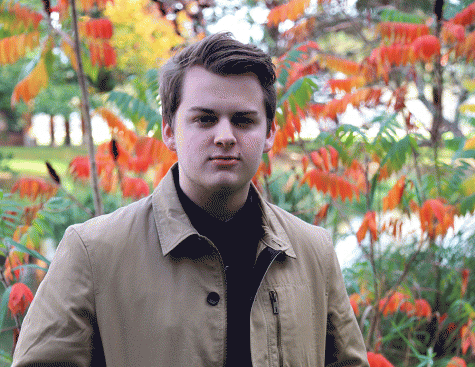



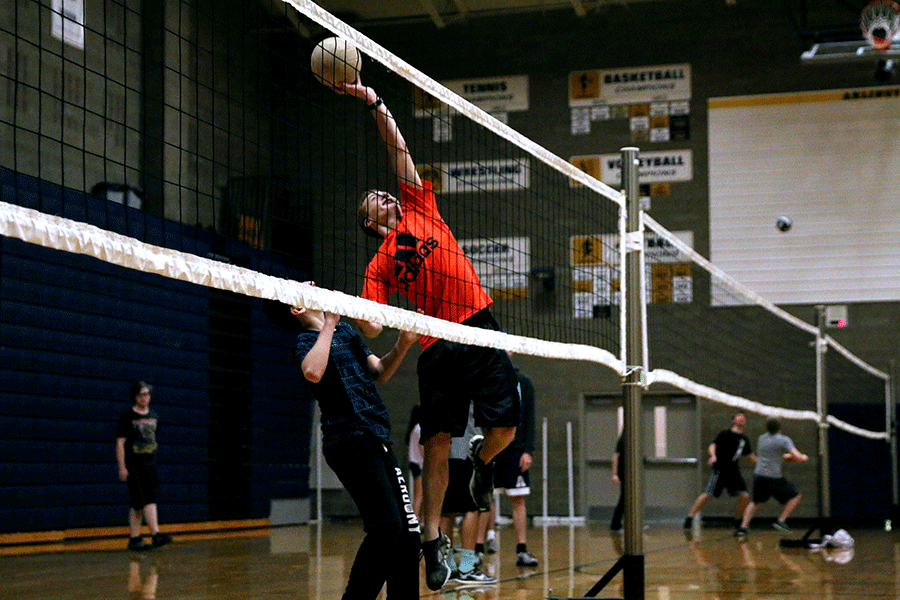
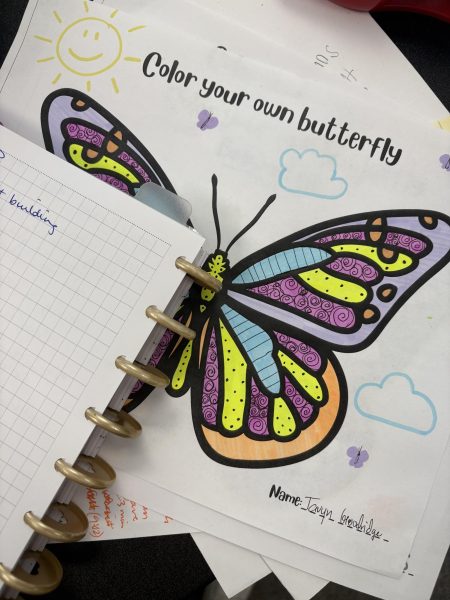
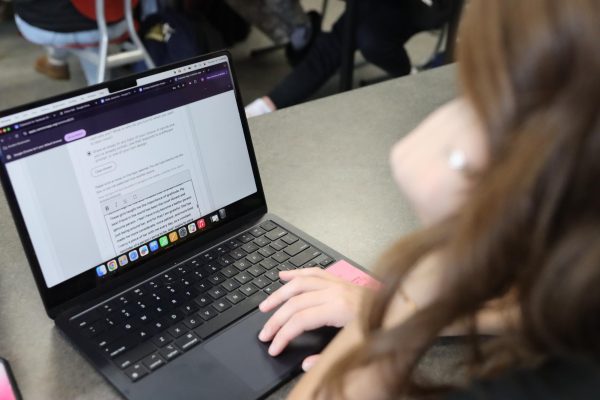
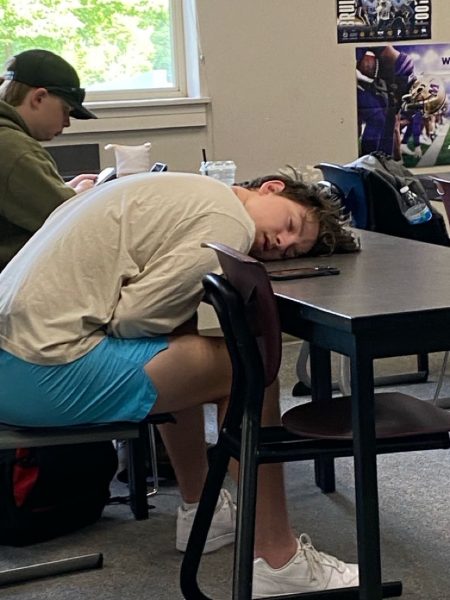
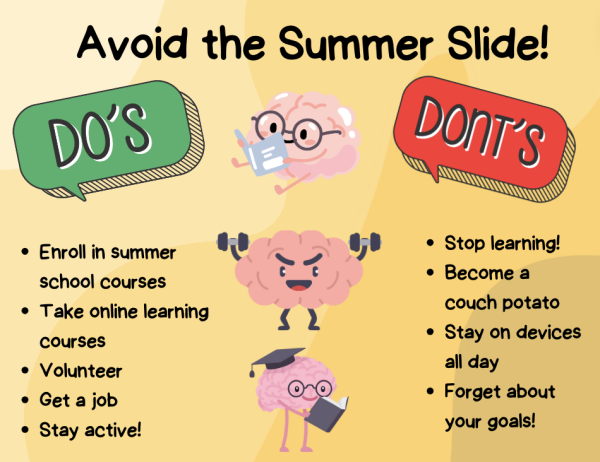
!["Having these opportunities like College in High School [are] super important for us being able to really think about our careers and what we want to do."
-Maia Lopez](https://theahseagle.com/wp-content/uploads/2024/05/cc10.16_APESButterflyLab_CFalkIMG_0593-600x400.jpg)
